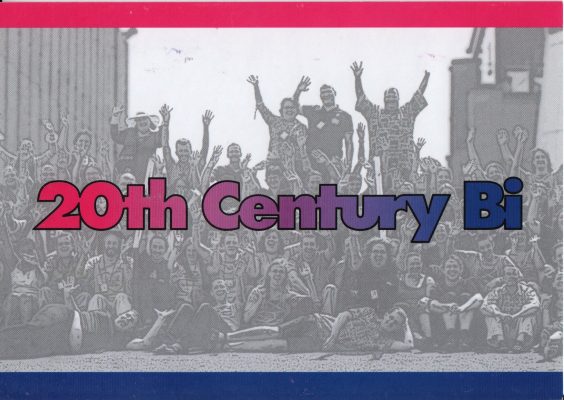It looks like two lesbian and gay magazines have used the title Square Peg. The later one is American, founded by long-time lesbian activist Jeanne Córdova, and ran from 1992-94.
The original was British, started in 1983 and if it wasn't unique, I've never seen anything else like it. A later subtitle for it was '(the journal for contemporary perverts)' – a queer art and politics and art quarterly magazine. On heavy glossy paper. In a square format.
In one of the few mentions I can find of it, 1980s gay activist Colin Clews says "In effect, it was probably one of the first publications to segment the gay and lesbian market by any measure other than gender" – and that's probably why it was so good. The collective that ran it were mixed gender, at least after the first issues, and the content was far more gender balanced than any other lesbian or gay publication.
The book What is She Like: Lesbian Identities from the 1950s to the 1990s includes it in a list of lesbian publications that disappeared in the 1980s. That last bit's not true – its last issue was in 1991 – but the comment that "It was alternative, upfront, sexual, mixed, arty, offering fiction and plenty of art work. At the time, Square Peg was decidedly innovative, and it led the way for journals with stronger design input, higher production quality and higher prices" is spot on.
The design aesthetic didn't always make it the easiest thing to read, but the actual content was all highly readable.
Anyway, somehow it became known as somewhere that – in comparison to the rest of the lesbian and gay media – Square Peg was bi friendly. Maybe that was because of the mixed gender collective, but it confused them… Read more

